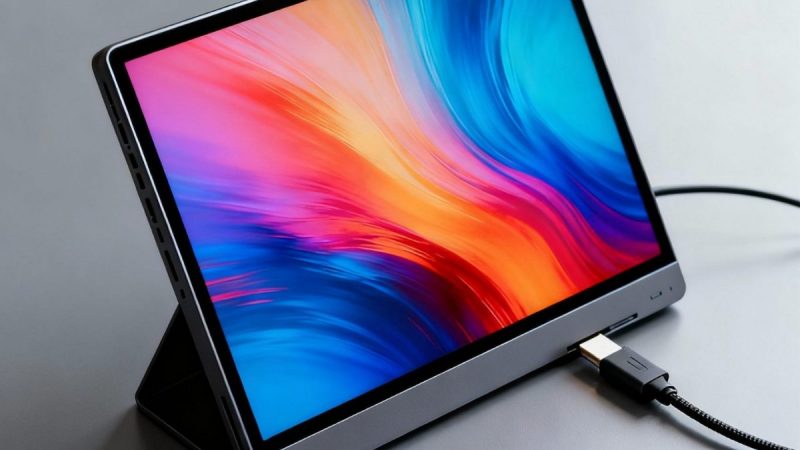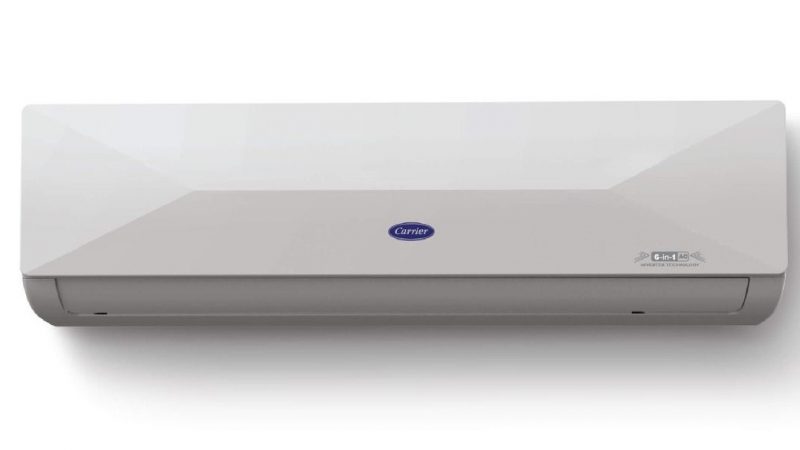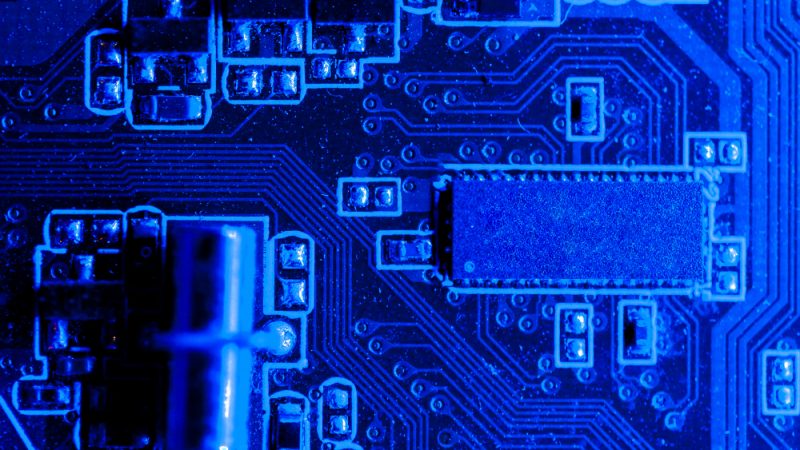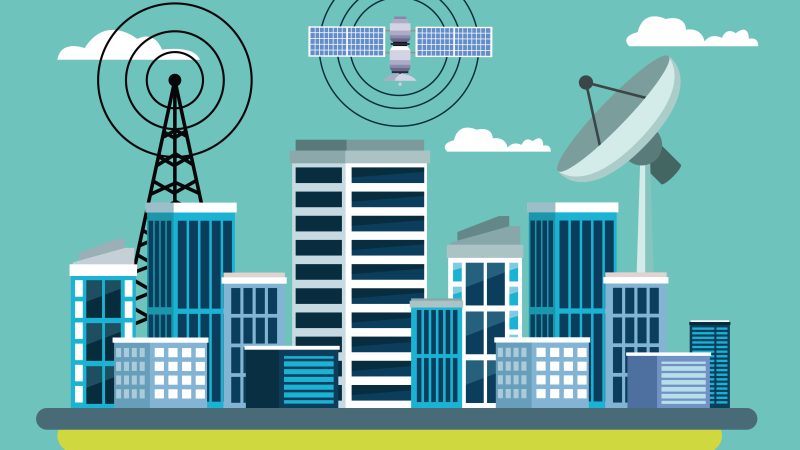Everything You Need to Know About Electronic Equipment’s Recycling
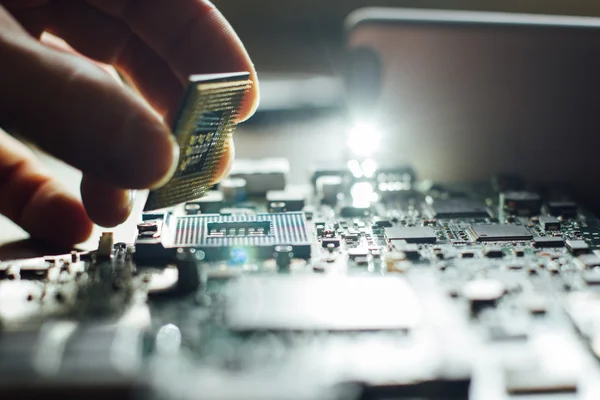
What are E-waste?
E-waste is a widely used term for consumer and business electronic goods that are unwanted, broken, or have exhausted their usability. E-waste can be categorized into major appliances like refrigerators and washing machines, small appliances, such as iron boxes, blenders, and microwaves, and computer and telecommunication appliances like laptops, PCs, telephones, smartphones, consumer electronics, lighting devices, electrical and electronic tools, toys and leisure products, medical devices, monitoring devices, and vending machines. Most of these items are not disposed of properly, posing a threat to the environment due to poisonous compounds leaching from the metals within when underground. E-waste significantly contributes to the overall toxic waste.
What Causes Electronic Waste?
In our current tech-savvy society, e-waste pile-up is more frequent due to rapid technological advancements and the rising demand for electronic products. The launch and release of new electronic devices also push consumers to want to upgrade their electronic equipment. The older versions of these upgraded products are immediately rendered obsolete and quickly create a heap of unwanted electronics that need disposal. Landfill, the oldest form of waste management, is now resulting in an environmental crisis catalyzed by the rapid increase of e-waste.
Impact of Electronic Waste on the Environment
Irresponsible disposal of electronic equipment has lethal effects on our environment’s health. Electrical and electronic equipment contains harmful chemicals like mercury, lead, arsenic, cadmium, selenium, chromium, and flame retardants that, if left unchecked through incorrect disposal methods, can be destructive to human health, water bodies, and earth systems. Also, most of these electronics are non-biodegradable while others take a longer period to decompose. This allows an extended presence of the toxic substances they release in our environment. According to WHO, children exposed to hazardous chemicals are at high risk of irreversible damage to their undeveloped immune and functional systems, which may hinder further development. The lead in electronic waste is also dangerous to our central nervous system and kidneys. The effects of e-waste and its informal disposal methods are not limited to humans. Air pollution caused by hazardous fumes also affects the respiratory systems of animals and causes damage to the ozone layer. Furthermore, apart from altering soil and crop quality, leached toxins find their way to water bodies and cause serious harm to the aquatic ecosystem.
Why You Should Recycle Electronic Equipment?
Currently, the percentage of recycled electronics is extremely low compared to that sent to landfills and incinerators, which consequently release harmful toxins. Recycling is the most efficient way to counter the adverse effects of e-waste. Electronic waste contains precious metals like gold, copper, silver, and platinum, and other recyclable materials such as plastic and glass. Using traditional disposal methods like dumping and burning lets these precious metals go to waste. Therefore, any redundant, non-functional, or obsolete asset should be recycled so that components and materials are used in other ways. Adopting a zero-landfill policy reduces costs associated with data disposal and minimizes e-waste through repairing, refurbishing, or recycling electronic materials. Refurbished devices, especially refurbished phones are rapidly gaining popularity among electronic devices due to their reliability and low costs. These electronic devices are rigorously tested, repaired where necessary, and cleaned to ensure they function like new ones. They are more sustainable electronics in terms of value for price, quality, and product availability. It’s now simple to acquire fully functional refurbished phones, desktops, monitors, tablets, Chromebooks, Macbooks, and other electronic accessories in e-commerce and physical shops thus minimizing the energy used in creating new products.
How Electronics are Recycled?
A quality recycling process should pivot around a strict zero-landfill policy that strives to protect the environment from toxic e-waste. An ITAD company collects and recycles redundant IT assets, thereby shifting e-waste from landfills and sorting out different recyclable materials for reuse. The first step in the e-waste recycling process involves collecting electronic products through recycling bins, collection locations, take-back programs, or on-demand collection services, then taking the consignment to specialized electronic recyclers where they get sorted out according to various aspects.
The second step involves storing the e-waste in secure and safe areas, followed by manual sorting, where items are removed for processing and dismantling some items for components, re-use, or retrieval of useful materials. The e-waste is then shredded to allow a more precise grouping of materials. The fourth stage involves mechanical separation of the different materials conducted through magnetic separation that separates ferrous and nonferrous metals and water separation that isolates the remaining plastic and glass as well as facilitates hand-sorting of obvious contaminants. In the fifth stage, components are now distinguished and ready for use. Recycled electronics are not necessarily the best option. Reusing electronics whenever feasible can be rewarding in terms of cost and environmental sustainability. Unlike refurbishing usable devices and components, electronics recyclers have no incentive to harvest parts and arbitrage them for profit; instead, they reduce electronics to their core materials and recycle whatever they can.
According to the United Nations Institute for Training and Research report titled ‘Global Transboundary E-waste Flows Monitor 2022’, Europe produced 12.0 Mt of e-waste in 2019 which is 22% of the 53.6 Mt generated worldwide. This is about 7.3 kg of e-waste per capita, with a corresponding recycling rate of around 42%. Future estimates show that e-waste will reach 74.4 Mt worldwide by 2030 and up to 110 Mt by 2050, with all other factors remaining constant. This shows that, unless recycling efforts are taken a notch higher, we should expect a severe e-waste crisis soon. Though recycling is a great way to increase the current disposal rate, refurbishment, and re-marketing provide an even better option and contribute to a more circular economy.

